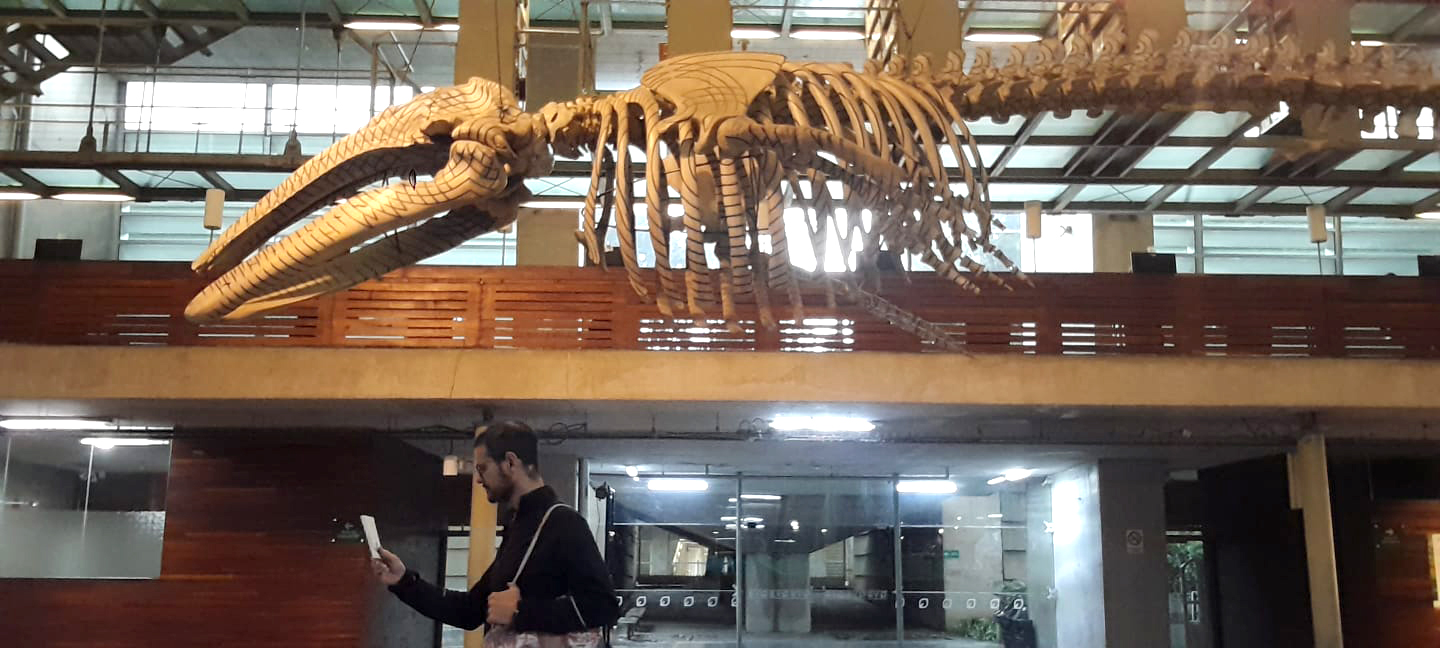Media Diet

Image courtesy of FH
A series exploring the media “input” of a group of people — our commercial semiotician colleagues, from around the world — whose “output” we admire.
Shanghai / Mexico City…
SEMIOVOX
What forms of media do you “take in” the most regularly, during a typical day or week?
FRANCISCO HAUSS
I often explore a wide array of media and social platforms for market research purposes, in the two countries where I have lived and currently come and go: China and Mexico.
While walking in Mexico City the street emerges as a medium in its own right — a living cultural mélange fleshed out through posters, graffiti, stickers, stencil art, and murals. It reminds me of the importance of the city as a not-institutionalized, un-filtered expressive space where grassroots expressions of cultural movements travel. The streets in the culturally dense districts of Mexico City always offers clues that keeps unfolding. By promoting concerts, talks, open mics, clubs, social awareness-driven content, political activism, or just poetic and visual expressions meant to be seen and read, it contributes to the sizzling local collective identity. I love consuming the cultural assets that emerge from a walk.
From China I like the broadcasting platform of Baihui 百会, a sweet mix of podcasts (in Mandarin), DJ sets, and interviews. I also often come across the content of the Hong Kong culture platform of Radii Media.
Finally, I often use the Al Jazeera news app. It could be an interesting addition for anyone who would like to add Middle East media to their “reality making” news combo.
SEMIOVOX
What work of literature would you recommend to someone trying to make sense of today’s world?
FRANCISCO HAUSS
The one that comes to mind immediately is Orwell’s 1984, a book that gives us a glance at the wild, self-indulgent, dystopic “mechanism of truth” within political systems. A relevant matter these days, when the political manipulation of reality has become ridiculously cynical, as is the tonality of 1984.
On the other side… nature contemplation helps me make sense of life. I highly recommend it. Vita Contemplativa: In Praise of Inactivity, a recent book by the Korean-born philosopher Byung-Chul Han, is very good on the subject.
SEMIOVOX
What work of non-fiction would you recommend to someone trying to make sense of today’s world?
FRANCISCO HAUSS
I strongly recommend the YouTube content produced by my favorite geopolitical analyst, Alfredo Jalife-Rahme — a Mexican with Lebanese roots. His deep multilayered view really “connects the dots” across domains from politics and history to finance. He outlines eye-opening geopolitical scenarios that explain current global events.
SEMIOVOX
What’s the best movie you have ever seen?
FRANCISCO HAUSS
I was very impressed with Close-up, an Iranian film written and directed by Abbas Kiarostami. It blurs the line between documentary, fiction, and reality. It settles a quite sui-generis scenario where the movie has a real-time influence towards reality while being filmed, thus pushing the boundaries of cinematographic process and language. It reminds me one of my favorite video art works, Francis Alÿs’ Re-Enactment.
Another movie that has echoed in my memory since I first saw it is Bajo California: El límite del tiempo, from the Mexican director Carlos Bolado. I feel personally identified with its narrative style, which seems to echo Latin America’s Magical Realism literature movement. The movie is a journey of self-search full of blurry metaphors. I remember the feeling of ambiguity, the sensation that each path in life can potentially lead to the right place… or the wrong one.
MEDIA DIET: GIANLLUCA SIMI (Brazil) | HIBATO BEN AHMED (France) | MARIE LENA TUPOT (USA) | EUGENE GORNY (Thailand) | YOGI HENDLIN (Netherlands / USA) | INKA CROSSWAITE (Germany / South Africa) | SÓNIA MARQUES (Portugal) | ĽUDMILA LACKOVÁ BENNETT (Czechia) | BRIAN KHUMALO (USA / South Africa) | JIAKUN WANG (Shanghai) | FRANCISCO HAUSS (China / Mexico) | ASHLEY MAURITZEN (England) | STEFANIA GOGNA (Italy) | BECKS COLLINS (England) | ANTJE WEISSENBORN (Germany) | MARIANE CARA (Brazil) | MARTHA ARANGO (Sweden) | PAULINA GOCH-KENAWY (Poland) | COCO WU (Singapore / China) | JOSH GLENN (USA) | JENNIFER VASILACHE (Switzerland) | ANDREA BASUNTI (England) | SARAH JOHNSON (Canada) | MARIA PAPANTHYMOU (Greece) | VICTORIA GERSTMAN (Scotland).
Also see these global semio series: MAKING SENSE (Q&As) | SEMIOFEST SESSIONS (monthly mini-conferences) | COVID CODES | SEMIO OBJECTS | COLOR CODEX | DECODER (fictional semioticians) | CASE FILE | PHOTO OP | MEDIA DIET | TATTOO YOU (semioticians’ tattoos).

